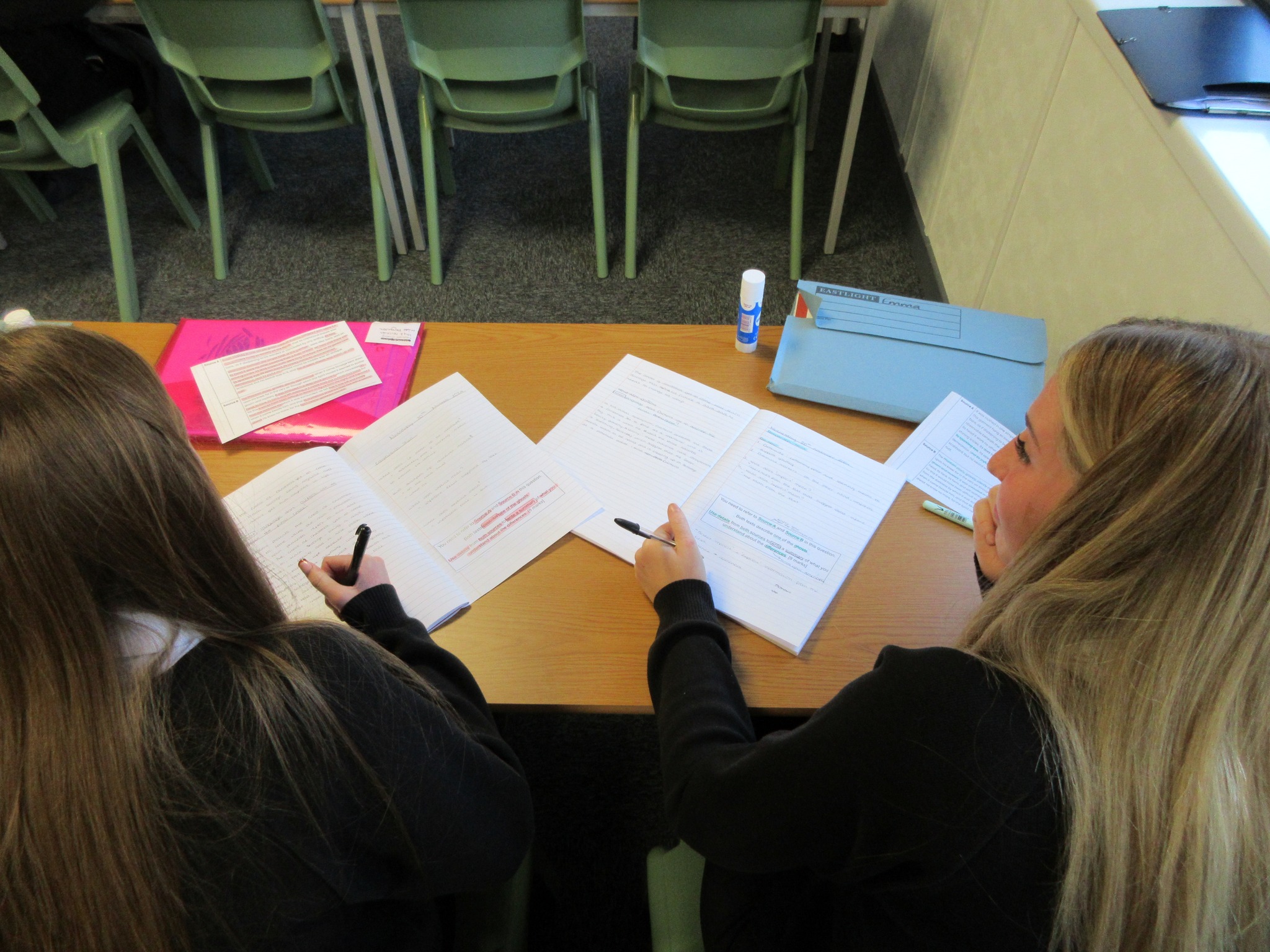Homework
KABP Home Learning Principles
‘The impact of homework on learning is consistently positive (leading to on average five months’ additional progress). However, beneath this average there is a wide variation in potential impact, suggesting that how homework is set is likely to be very important.’
EEF, August 2017

There are two types of home learning that are encouraged in the KABP:
- Homework; set work that learners are required to complete. This should be directly related to the planned curriculum.
- Independent learning; additional learning completed outside of lesson time to support, review and/or enhance learning. This enables learners to independently support their learning, go beyond the planned curriculum and develop their own interests as a learner.
Why do we encourage home learning?
- To develop a love of learning
- To consolidate and review learning, to extend learning and to prepare for new learning
- We design home learning to enable all learners to:
- Take responsibility for their learning
- Manage their time effectively
- Develop independent study habits
- Develop perseverance – staying with a task until it is complete
- Develop interests, knowledge and skills beyond the planned curriculum
What types of home learning do we encourage?
- Activities that connect directly to the curriculum to be meaningful. Well chosen worksheets and exercises can be ideal, but are not the only choice of activity
- Learning through Apps and online tools
- Literacy activities to encourage reading, writing and oracy
- Retrieval practice activities
- Flipped learning such as research to prepare for future lessons
How do we manage home learning?
- Homework is set on Google Classroom with clear instructions and a due/hand-in date
- We make sure learners can access homework with appropriate support (e.g. answering questions in lesson)
- Choice is a helpful element
- We expect all learners to complete homework, so there is an appropriate response when this is not so
- Learners should receive feedback from homework. This can be through automatic feedback from an app or a self marking quiz, class feedback or direct marking but there should be a variety of methods used.
- We encourage learners to have a quiet, designated place at home to complete homework. Learners should develop a routine for completing home learning.
- We work with parents/carers to be supportive and encouraging.

